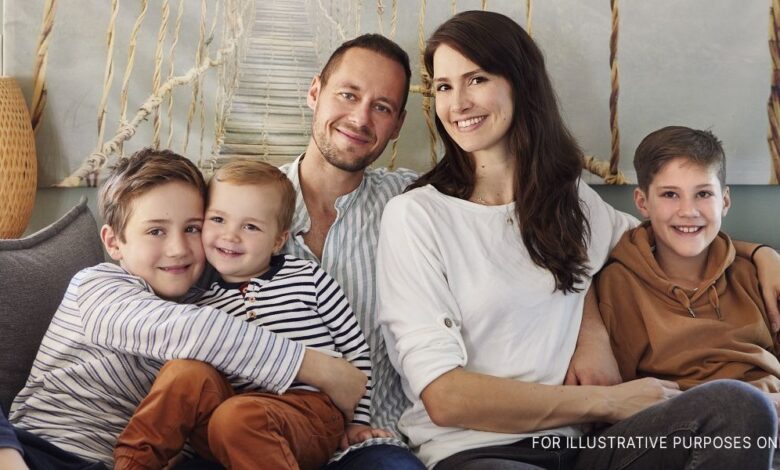Melanie Griffith begs for prayers as her mother is evacuated from big cat sanctuary in path of ferocious LA wildfire that has gutted homes, destroyed 22,000 acres of land AND the set for Wipeout
Melanie Griffith asked for prayers after her mother was evacuated from a wildlife sanctuary because of raging wildfires in Los Angeles.

The actress wrote on Twitter: ‘Please say a prayer for all residents in the path of the #SandFire . My Moms place Shambala is being evacuated.’
Griffith’s 86-year-old mother, Tippi Hedren, opened the preserve in 1983 following on from her film Roar.
There are over 40 big cats – including lions, tigers, cougars, black and spotted leopards, servals, bobcats, and an Asian leopard cat – who are cared for at the ranch.
On Sunday evening, Griffith, 58, confirmed that her mom was safe and the beloved cats had been saved. She wrote: ‘Mom is safe! Shambala is safe. Now sending love and thanks to all the firefighters who saved her and the cats.’
They accept donations for The Roar Foundation, the organization that runs the center.
Sable Ranch – a filming set used in the A-Team, 24 and Supernatural and the site for the Wipeout set – has also been destroyed.
The blaze has grown ferocious new power two days after it broke out, sending so much smoke in the air that planes making drops on it had to be grounded.
Officials said it has run through the area ‘like a freight train’.
The latest figures released by the authorities say the blaze is at 20 percent containment and a total of 18 family homes have been gutted in the areas of Sand Canyon, Bear Divide and Little Tujunga.
On Saturday, authorities said the Sand Fire was at 20 per cent containment, but the U.S. Forest Service corrected that figure and said the fire remains at 10 per cent containment. Above firefighters battled the Sand Fire on Sunday

About 300 miles up the coast, crews were battling another blaze spanning 10,000 acres (16 square miles) north of the majestic Big Sur region.
Authorities say almost 1,700 firefighters who are being hindered by scorching temperatures of up to 112 degrees are battling the blaze in the mountains north of Los Angeles known as the Sand Fire.
On Sunday crews faced another day of hot weather, low humidity and high winds that could once again fan the fires’ explosive growth. Shifting winds sent smoke away from greater Los Angeles and into desert communities, where residents were warned about poor air quality.
Late Saturday evening, a man’s body was found outside a home on Iron Canyon Road in Santa Clarita. Detectives are working to determine whether he was killed by the blaze or another cause, Los Angeles County sheriff’s Lt. Rob Hahnlein said.
Father’s Middle Son Doesn’t Look Enough Like Him So He Conducts a DNA Test on the Boy

Gerald’s doubts about his middle child’s appearance prompted him to request a paternity test, unaware that this decision would unravel his 12-year marriage.
One day, while looking at a school photo of his seven-year-old son, Aidan, Gerald felt a familiar knot of anxiety. Aidan looked strikingly different from his brothers, igniting doubts that had been simmering for years. Despite having what many considered the American dream—three beautiful boys and a loving wife, Julia—he couldn’t shake the feeling that something was off.
His first son, Liam, had been the spitting image of him. But when Aidan was born, everything changed. With blonde hair and different facial features, Aidan didn’t resemble Gerald in the slightest. Julia had reassured him that babies change, but the feeling never left.
As their third son, Owen, arrived, the doubts solidified. Owen looked just like Liam, intensifying Gerald’s focus on Aidan’s differences. When a nightmare about Julia and another man shook him awake, he decided it was time to confront his fears.
That evening, after putting the boys to bed, Gerald nervously brought up the idea of a paternity test. Julia’s reaction was explosive; she felt betrayed and accused him of not trusting her after twelve years of marriage. Despite her anger, Gerald insisted that a test would ease his doubts.
After a tense period of silence, Gerald conducted the test, explaining it to Aidan as a fun family project. When the results came back confirming Aidan was indeed his son, relief quickly turned to shame.
Showing Julia the results only deepened the rift between them. She felt shattered by his lack of trust and began contemplating divorce. Gerald pleaded for a chance to fix things, but Julia emphasized that the real issue wasn’t the test—it was the breach of trust.
They started couples therapy, but the damage lingered. Julia expressed that she wasn’t sure she could ever fully forgive him. As they navigated this painful chapter, Gerald realized that some questions are best left unasked. The test had brought clarity about paternity but had irrevocably damaged the foundation of their marriage. Now, they faced the long road of healing, questioning if their love could survive such deep wounds.



Leave a Reply